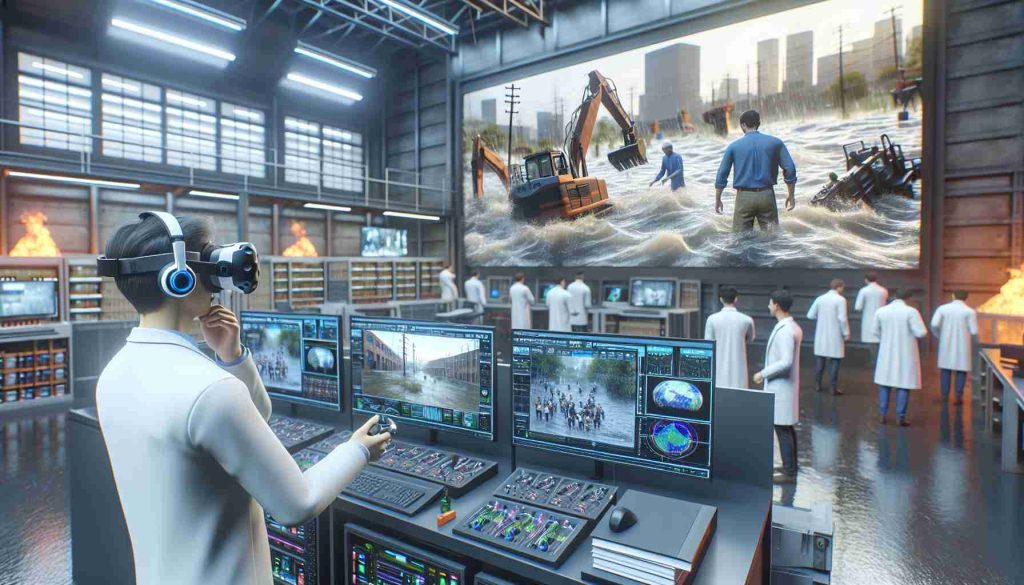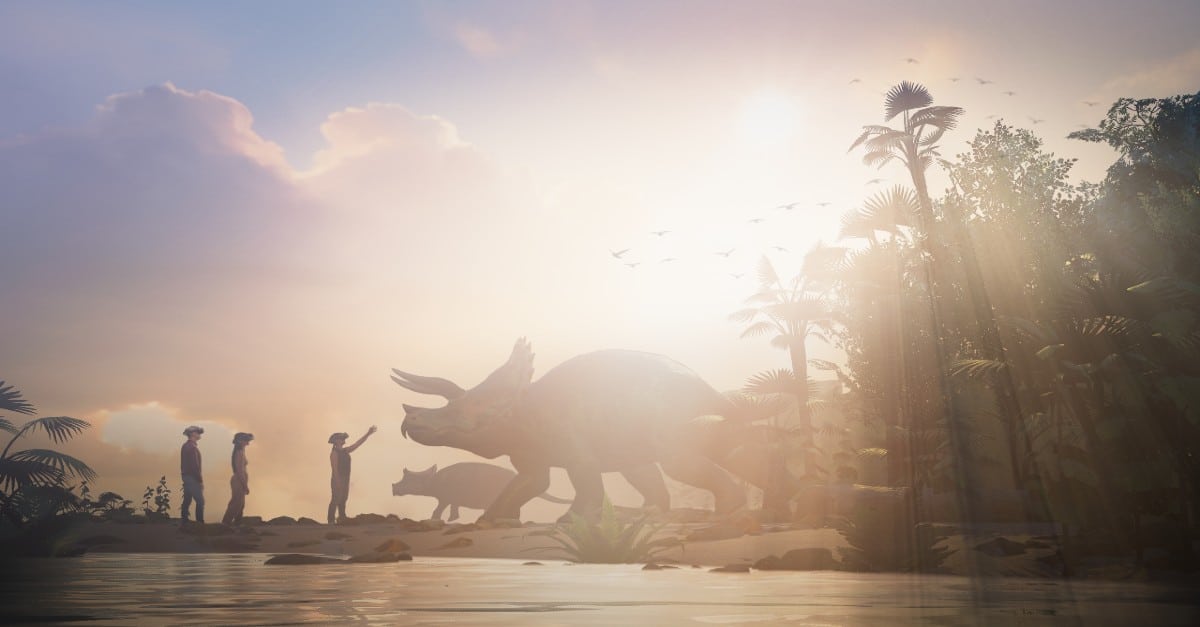
Texas A&M University is at the forefront of using virtual reality (VR) technology to conduct research on flood mitigation strategies during natural disasters. This innovative work aims to help communities address a variety of disaster-related issues, such as reducing the impact of flooding, identifying optimal building codes, and identifying areas for effective mitigation efforts.
Professor Michelle Meyer, director of the Center for Disaster Reduction and Recovery, and Zhenhang Cai, a doctoral student, recently shared their insights in an interview. Professor Meyer emphasized that the main goal of their research is to help communities make informed decisions about post-disaster rebuilding strategies. By assessing where and how to rebuild more resiliently, their work helps facilitate more effective recovery planning.
In addition to its practical applications, the VR component of their research also serves as a valuable educational tool. Kay explained that they developed six scenarios based on the city of Beaumont, Texas. Using VR, they could visualize the effects of air pollutants and simulate different levels of flooding, from moderate to severe, at eye level. By providing a tangible perspective, these scenarios allow younger generations to better understand and appreciate the potential consequences of natural disasters.
Professor Meyer emphasized the importance of using virtual reality for educational purposes. It allows individuals to experience the worst-case scenario of a disaster without having to actually go through it. This immersive approach allows people to effectively understand the challenges facing their communities. By creating a comprehensive database and incorporating virtual reality technology, individuals can virtually walk through flooded areas and experience the effects of a 5-foot flood.
Texas A&M’s innovative research using virtual reality technology represents a major advance in flood mitigation strategies. This multidisciplinary approach provides practical solutions to communities, while providing a unique educational experience that fosters a deeper understanding of the challenges posed by natural disasters. Through its ongoing efforts, Texas A&M is making significant contributions to disaster resilience and recovery planning.
Additional facts:
1. The Hazard Reduction and Recovery Center (HRRC) at Texas A&M University was established in 1988 and has been on the front lines of disaster research and mitigation efforts ever since.
2. HRRC’s research goes beyond flood mitigation. It also focuses on other aspects of disaster resilience, such as the impact of hurricanes, tornadoes, wildfires, and earthquakes.
3. The virtual reality component of the research involves the use of headsets that immerse users in a simulated environment, replicating the sights and sounds of the flood event.
4. The scenarios developed by the research team are based on real data and take into account factors such as terrain, rainfall patterns, and poor infrastructure.
5. The research team is working on integrating AI and machine learning algorithms into VR simulations to improve the accuracy and realism of scenarios.
6. Policymakers, urban planners, and emergency management agencies can use research findings to develop more resilient infrastructure and evacuation plans.
Key Questions and Answers:
1. What is the main goal of the research conducted by Texas A&M University using virtual reality technology?
– The main goal is to help communities make informed decisions about post-disaster reconstruction strategies and improve recovery planning activities.
2. What are the practical applications of using virtual reality in flood mitigation research?
– Virtual reality allows researchers to visualize the effects of air pollutants, simulate different levels of flooding and provide a tangible perspective, helping to understand the potential consequences of natural disasters.
Main challenges or controversies:
One of the main challenges associated with using VR in flood mitigation research is the cost and accessibility of the technology. VR headsets and equipment can be expensive, making it difficult for some communities and organizations to adopt the technology for research purposes. Ensuring that VR scenarios accurately represent actual flood events is another challenge, requiring comprehensive and up-to-date data.
Advantages and disadvantages of using virtual reality:
benefits :
– Provides an immersive experience that allows individuals to understand the impact of natural disasters without having to actually experience them.
– Helps communities make informed decisions about rebuilding strategies and recovery planning.
– Improving education and awareness of the challenges posed by natural disasters.
cons:
– The cost and accessibility of technology can be limiting factors for some communities.
– The accuracy of virtual reality scenarios depends on the availability and quality of data.
– Virtual reality technology may not fully replicate the physical sensations and emotions experienced during a real flood.
Suggested link related to the main field:
Risk Mitigation and Recovery Center
Article source from blog klikeri.rs

“Certified gamer. Problem solver. Internet enthusiast. Twitter scholar. Infuriatingly humble alcohol geek. Tv guru.”





